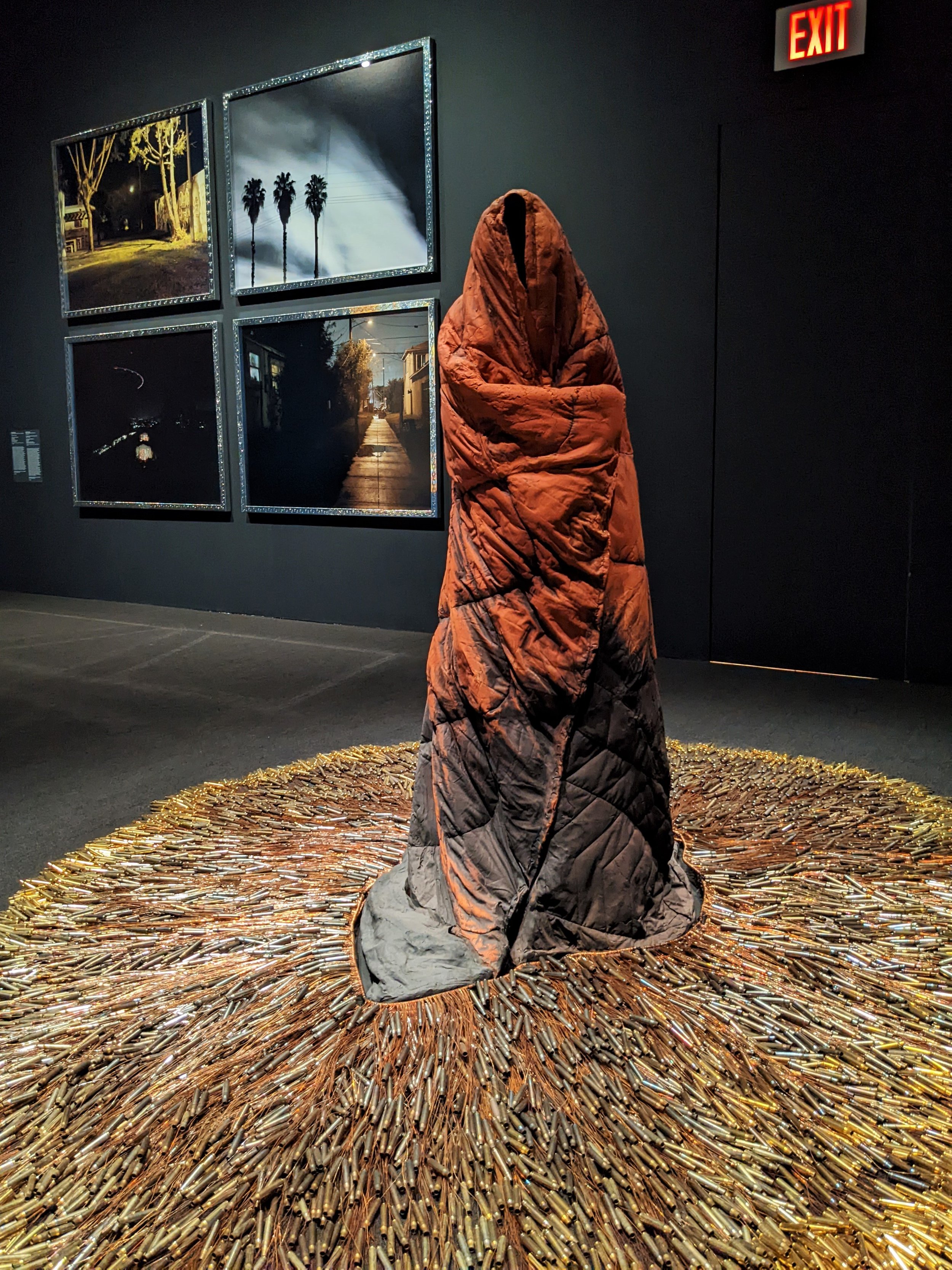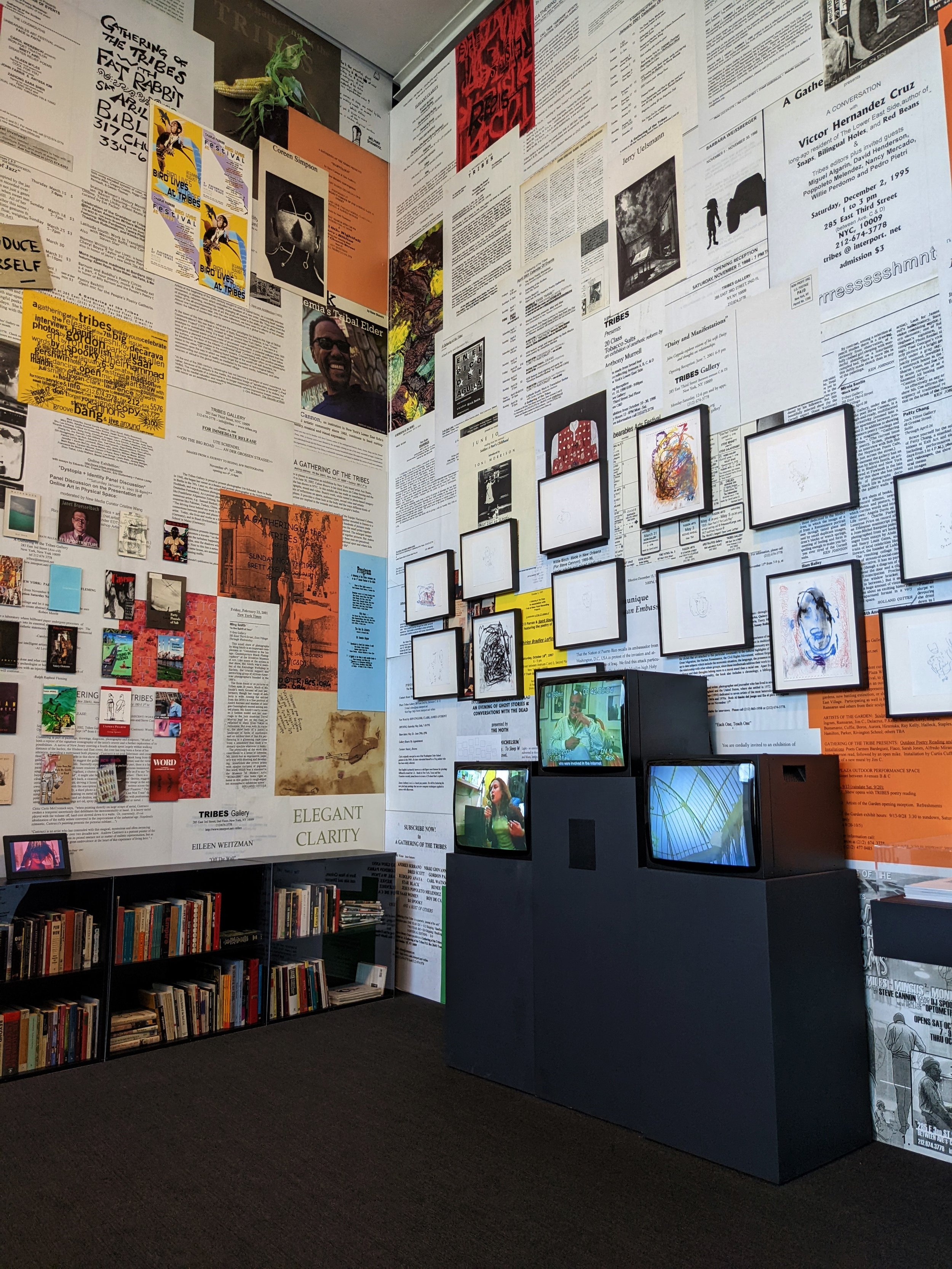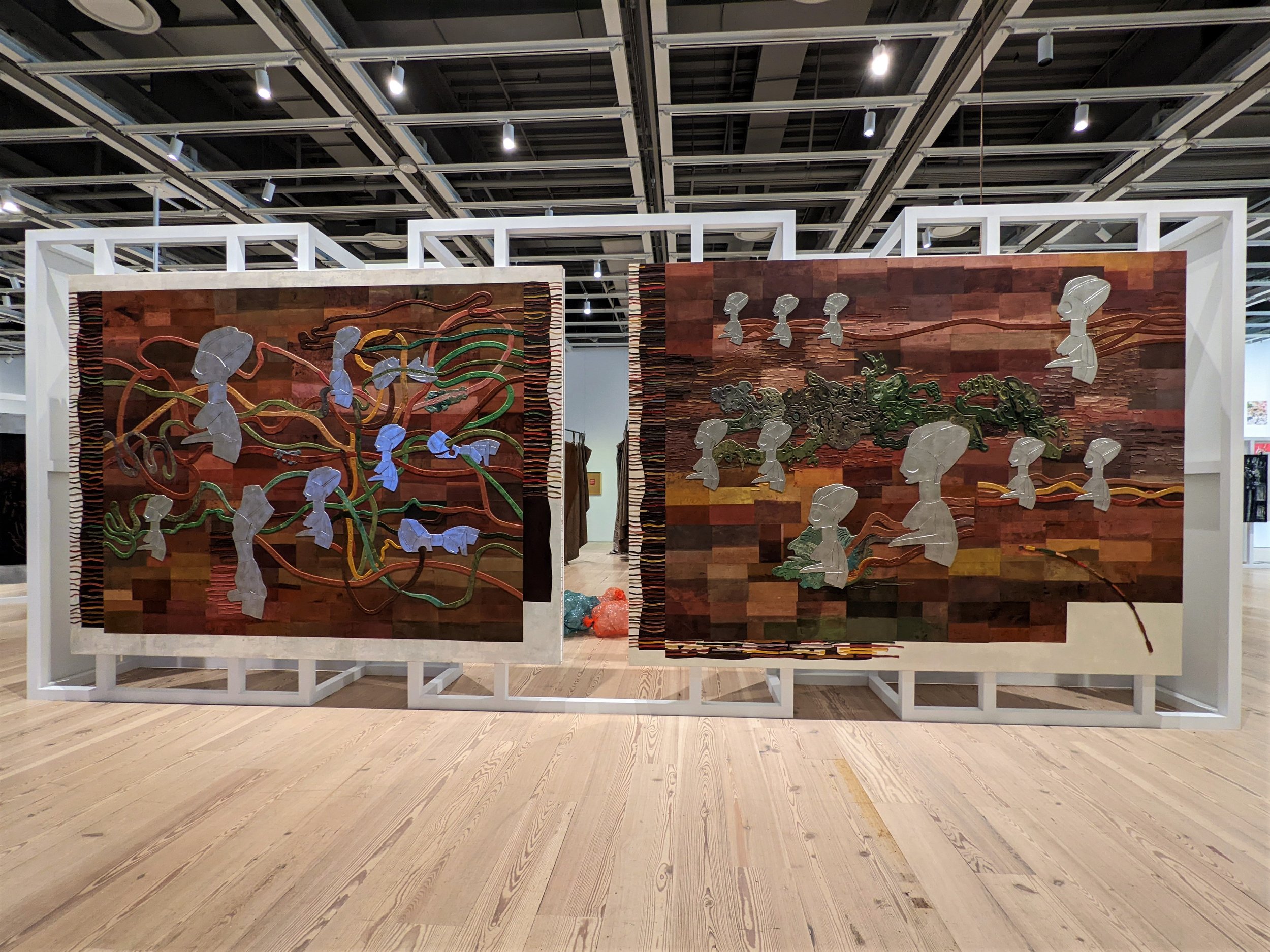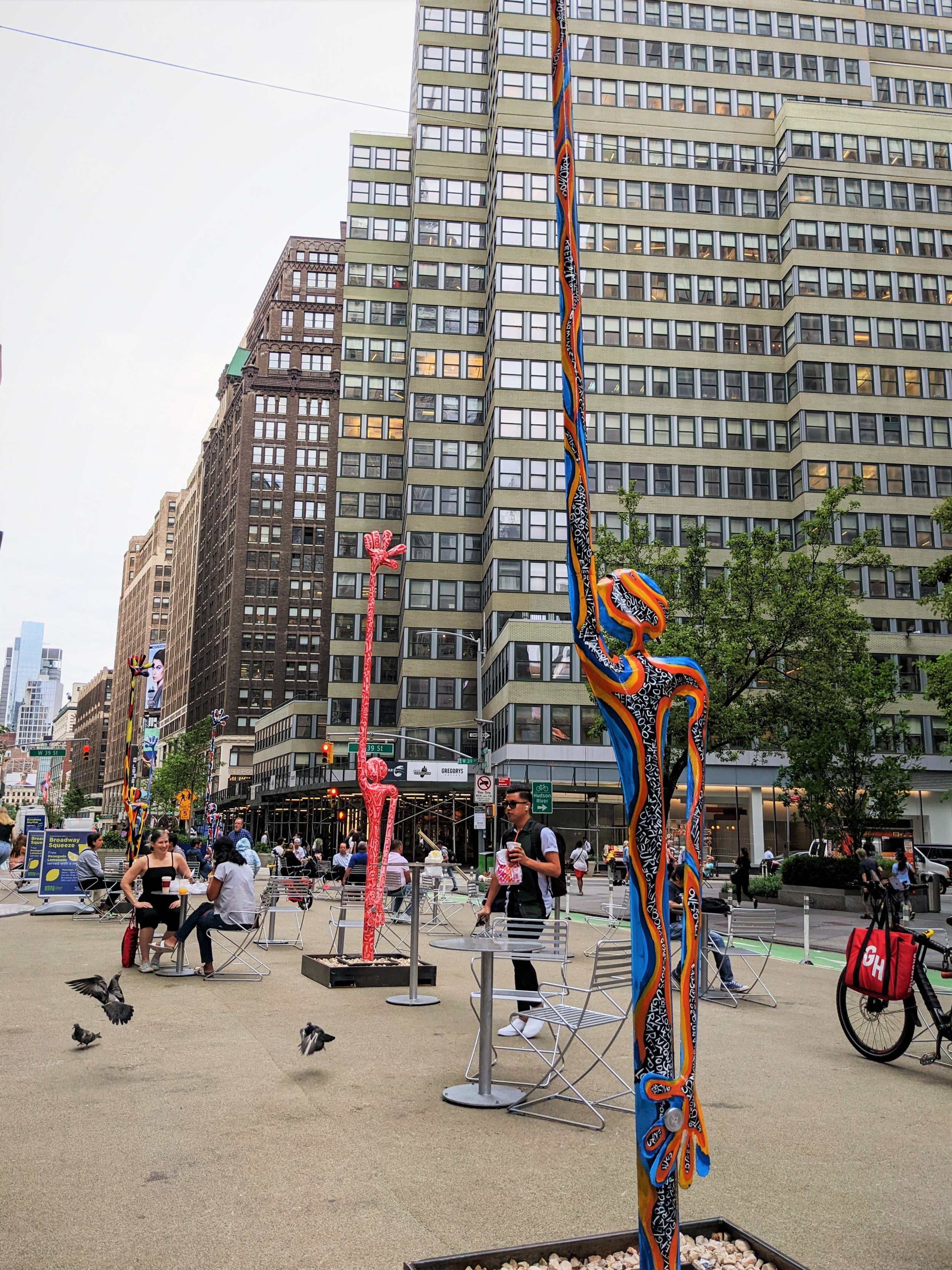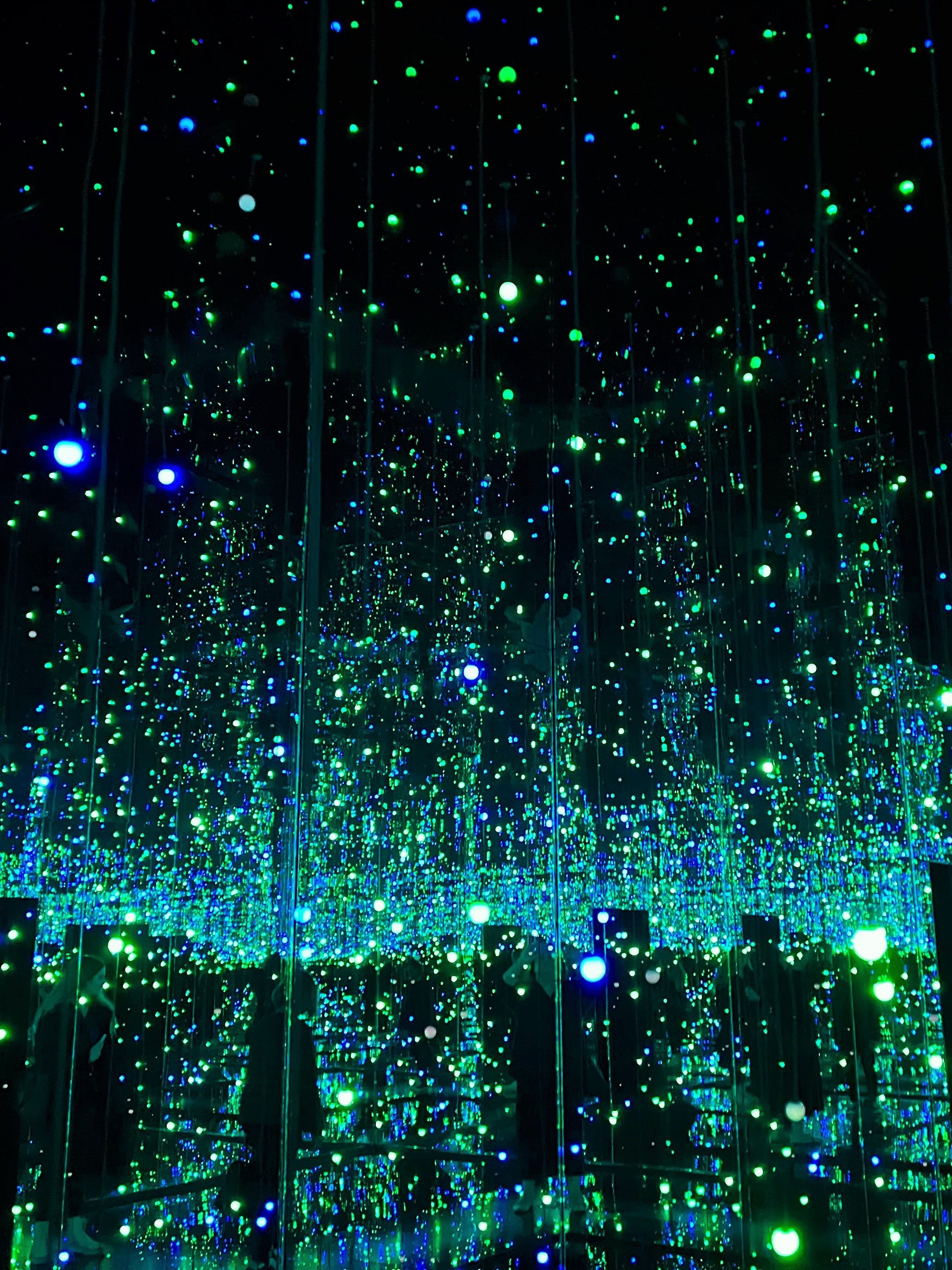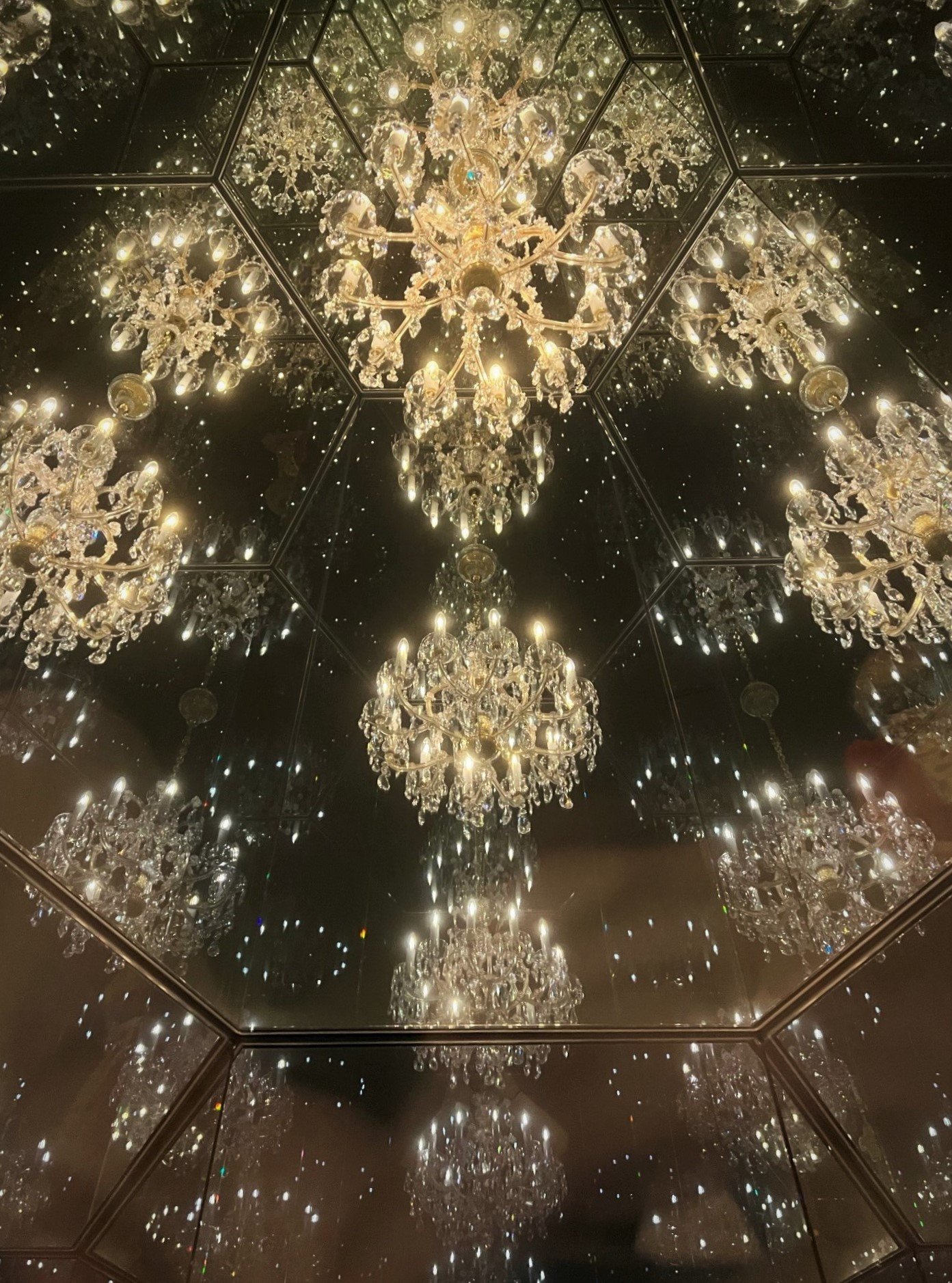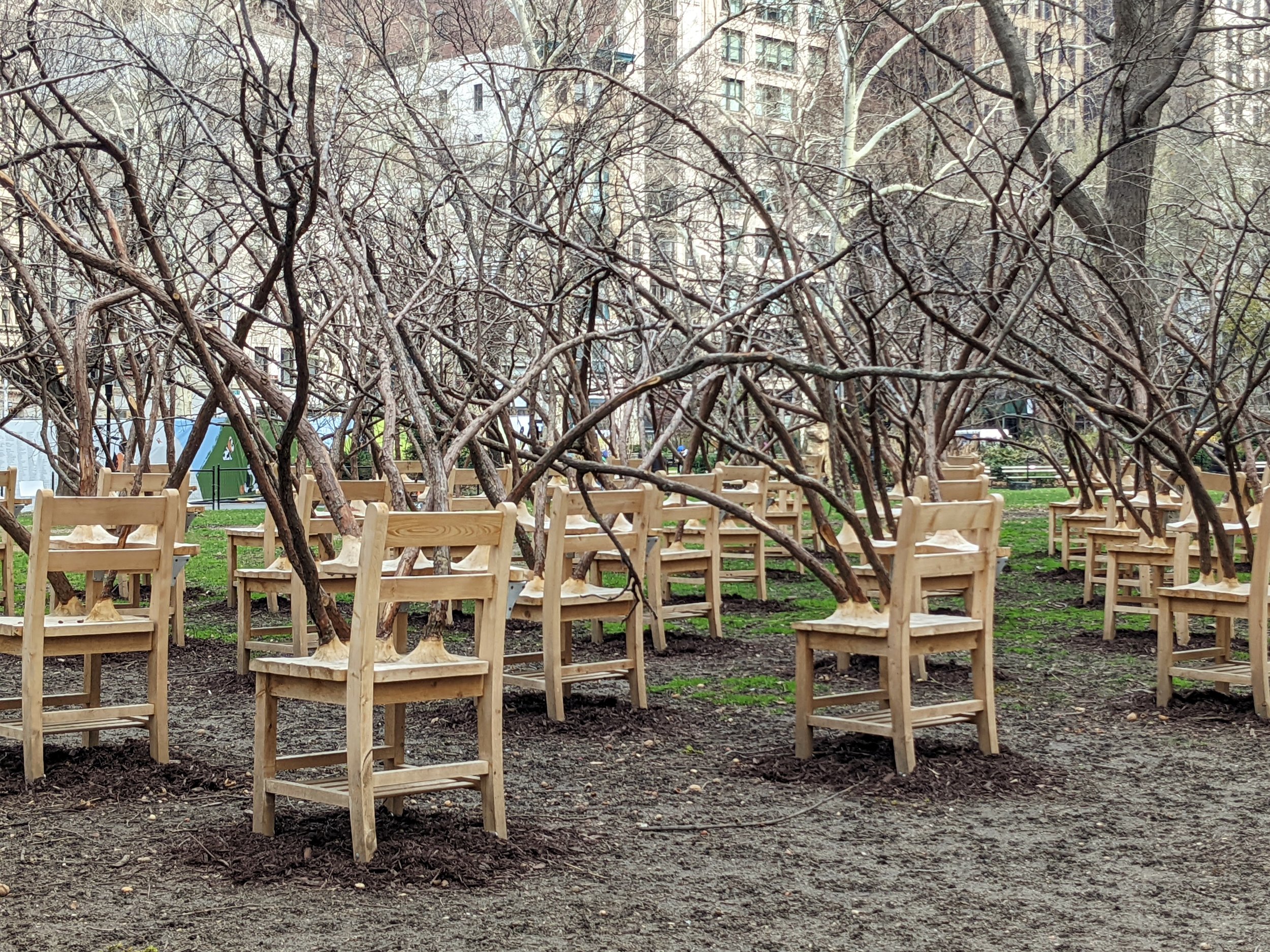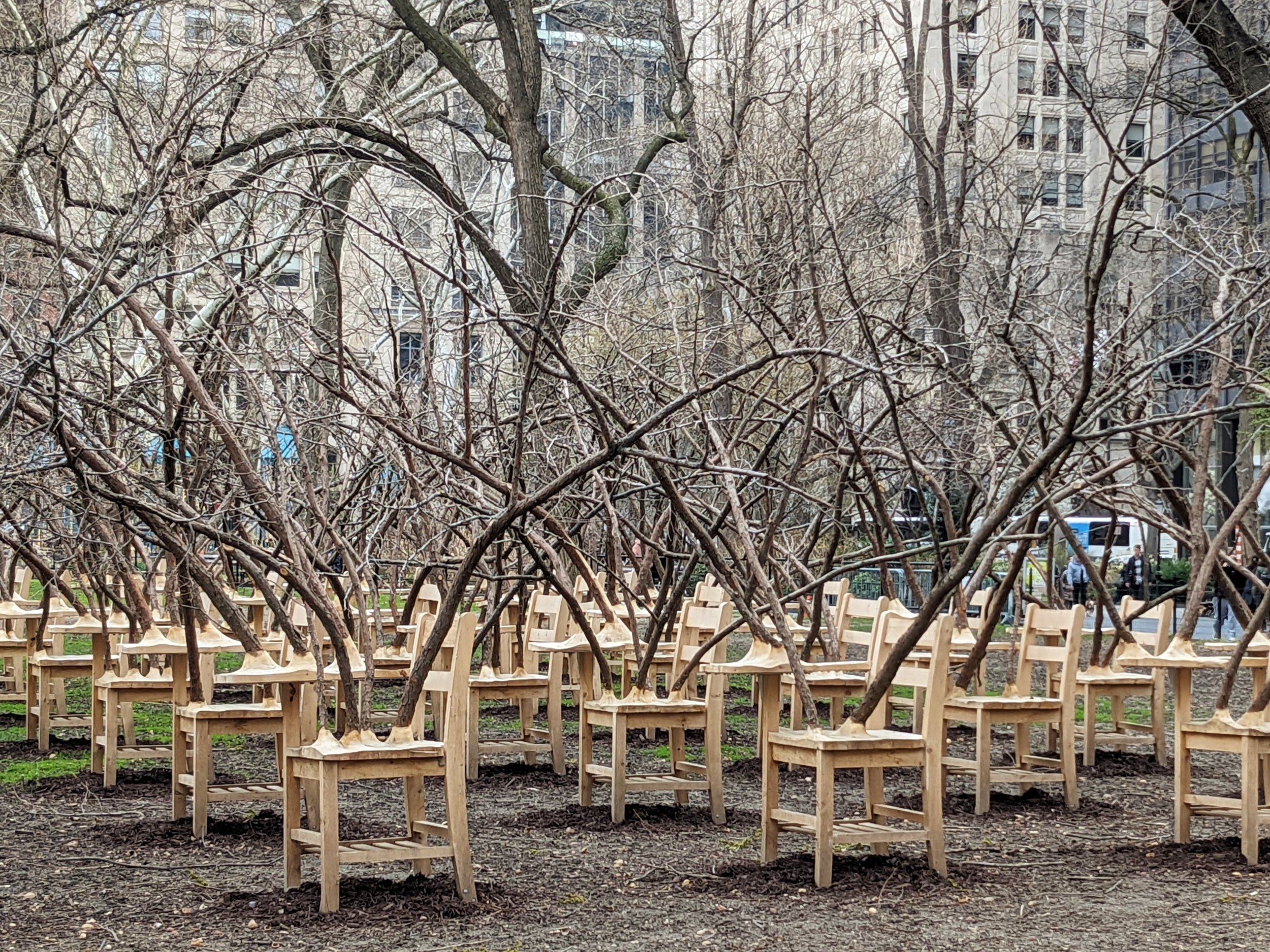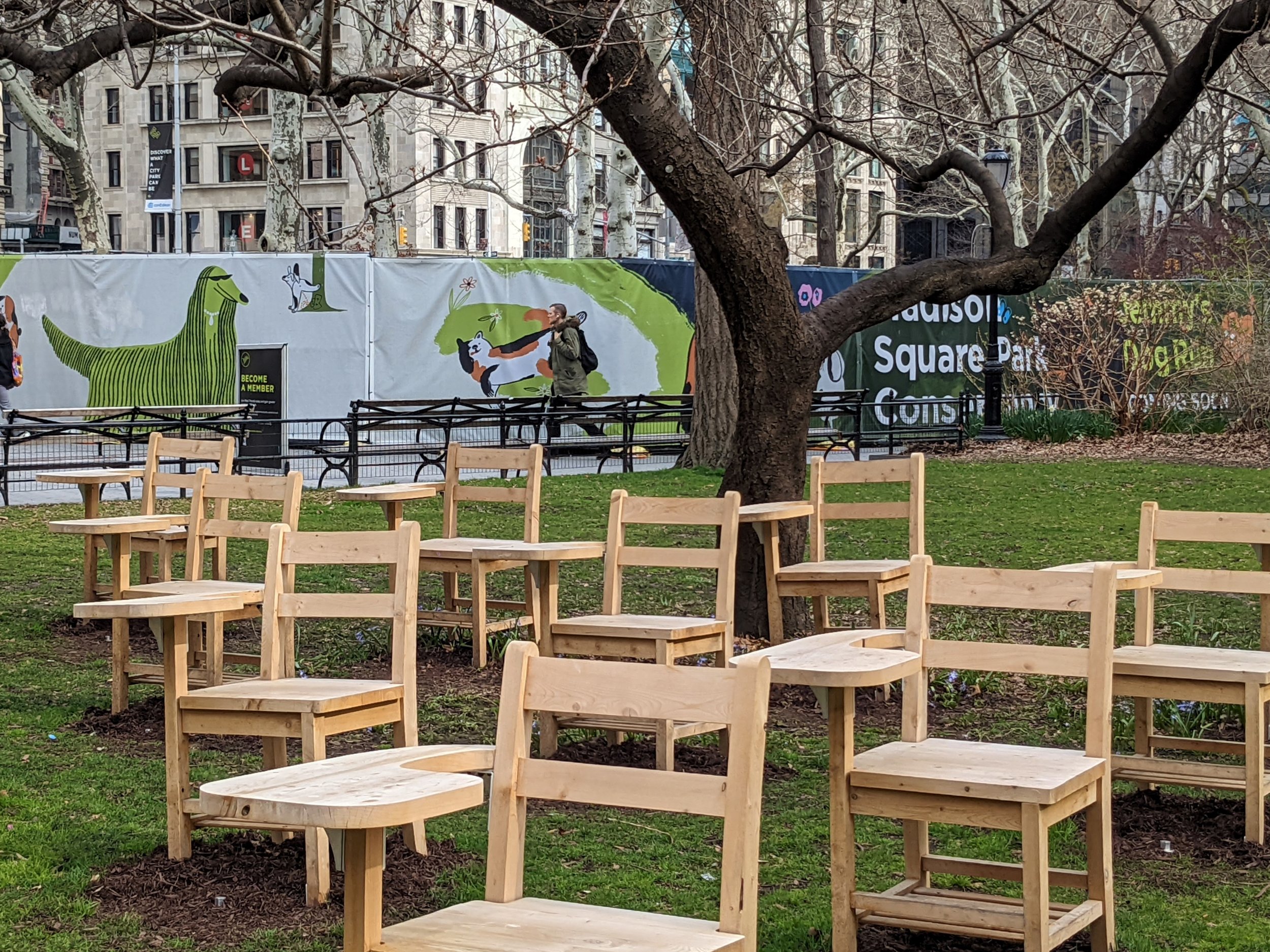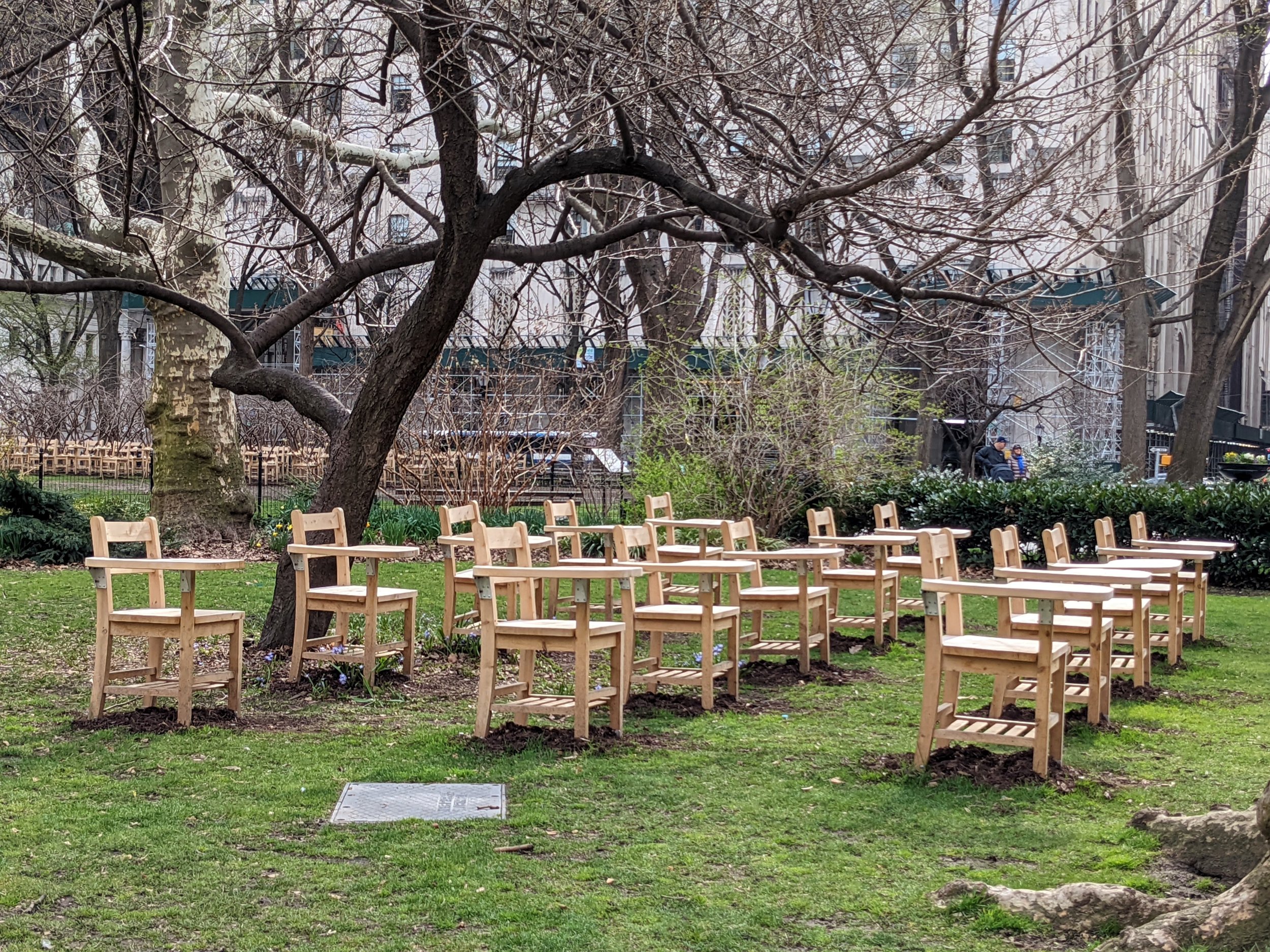Every two years, the Whitney Museum holds an exhibition that is regarded as one of the most important and influential events in contemporary art. Some version of this exhibition, the Whitney Biennial, has been in existence since 1932, making it the longest-running survey of American art. Delayed for a year due to the COVID-19 pandemic, this year’s biennial is a “startlingly coherent and bold” forum for artists’ musings on the events, changes, and trials of last three years. There is a wide variety of perspectives and mediums, from more traditional painting, sculpture, and photography to experimentations with performance, video, light, chemicals, makeup and prosthetics, textiles, and technology. The artworks tackle a wide range of themes, including racial justice, class discrepancy, capitalism, corporatism, imperialism and the effects of colonialist action, the American prison system, indigenous issues, and the widespread grief of a global pandemic. An exhibition this far-reaching and ambitious could easily feel disjointed and chaotic, but instead it encourages the viewer to understand that the issues and conditions addressed by the art “are not new, their overlap, their intensity, and their sheer ubiquity created a context in which past, present, and future folded into one another.” The curators “organized this Biennial to reflect these precarious and improvised times.”
Whitney Biennial 2022: Quiet as it’s Kept
